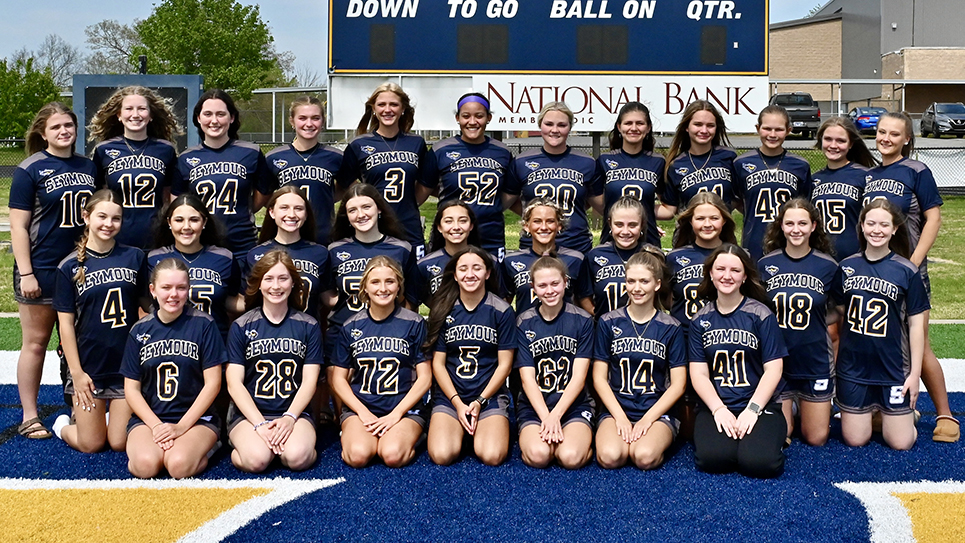By Tom Mattingly
You could probably count the number of 99-yard touchdown drives in the history· of Tennessee football on one hand, but two of them came at Florida Field, in 1971 and 1977 (long before the days it was called the “Swamp” Ben Hill Griffin Stadium” or “Steve Spurrier-Florida Field at Ben Hill Griffin Stadium”).
Tennessee lined up against Florida in the return game of a home-and-home, two-game set following a 38-7 Vol win at Neyland Stadium a year earlier. The game matched Doug Dickey against Bill Battle, his former assistant.
Dickey outfitted his charges in orange, knowing that Tennessee fans were skeptical about the Vols not wearing their traditional shirts (the three previous games in white shirts were all losses). Dickey also had the game scheduled at night, likewise knowing that Tennessee had played precious few night games to that time. By conference agreement, Florida’s choice to wear orange meant the Vols had to wear white. Their jersey of choice had an orange collar and looked similar to jerseys worn by the early-1970s Pittsburg Steelers.
No one knew what to expect when the team traveled to Gainesville for the first time since 1955, a 20-0 Vol win. Florida was 0-3 coming into the Oct. 2 game being outscored 63-6, and the Vols were 1-1 defeating Cal-Santa Barbara and losing to Auburn. Florida finished 4-7, and the Vols were 10-2, ending up in the Liberty Bowl.
The game’s key moment, white jerseys or not, orange collar or not, came in the third quarter. The score was knotted 13-13, and Florida had just booted the ball out of bounds inside the Vol 1. Battle came down the far sideline to the north end to protest the call.
“I just knew they were wrong,” Battle said of his colloquy with the officials, “and I went down there to get the ball moved out to the 20. Lenny Lucas took the ball into the end zone with him and as I read the rules, if it goes in, it’s supposed to come out to the 20.”
Flags flew, and the Vols received the step-off, with the official picking up the ball and setting it down. If there’s ever a place to get a 15-yard penalty, this was it. You couldn’t have slipped a dollar bill between the ball and the goal line. It was that close.
Undaunted, Tennessee responded with a memorable drive that gave the Vols the lead and the game. The game-winner came on a 20-yard TD strike from quarterback Phil Pierce to wide receiver Stan Trott with 4:47 left in the quarter.
Vol defenders, a crusty bunch that allowed but a mere 121 points in 12 games that season, protected the lead from that point on, with a few anxious moments down the stretch run.
In 1977, John Majors’ first year at Tennessee, there was an Oct. 22 return visit to Gainesville. Dickey was still the Gator head coach. In the third quarter, Tennessee was backed up at the south end, third-and-10, at the Vol 1.
With the crowd at fever pitch, tailback Kelsey Finch, who led the team in rushing that season, turned an innocent-looking off-tackle play into one for the ages, 99 yards for the score. Finch ended up with 121 yards on the day and a permanent spot in the Vols’ record book.
“We were trying to set it up where we could punt the ball,” Finch said. “As I hit the hole, there was nobody there. I cut to the sidelines and remember Roland James hollering, ‘They’re going to catch you.’ I remember running for my life. It was an exciting moment.”
For Vol fans present, there is the still-fresh memory of a Florida booster, maybe one known as “Mr. Two-Bitts,” who roamed the stands leading cheers. When the play started, one of them recalled that, “He was yelling, ‘Hold that line!! Hold that line!’” When Finch finished his run, the cheer was, “Block that kick!’ Block that kick!’”
It had been quite an exciting day for the Vols in and around Gainesville, what with two of the team buses nearly being broadsided on the way to the stadium by an oncoming train, the emergence of freshman tight end Reggie Harper of Hartsville, Tenn., Finch’s run, and an unsettling little fracas at game’s end, when Florida, leading 27-17, threw to the end zone in the final seconds.
“Our time will come,” said Majors after the game. It might have taken 13 years, but a 45-3 haymaker in Knoxville in 1990 might have evened the accounts.






